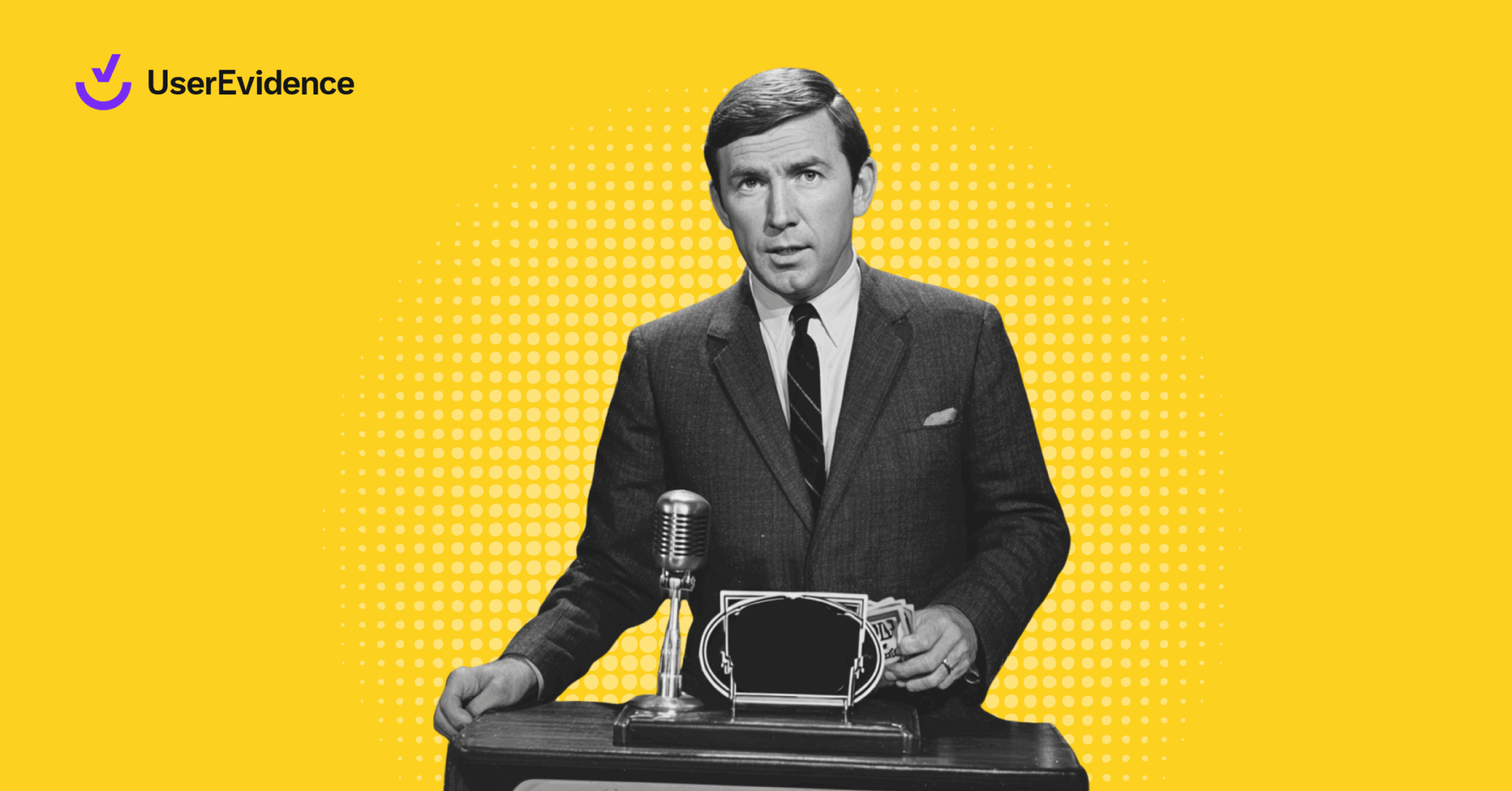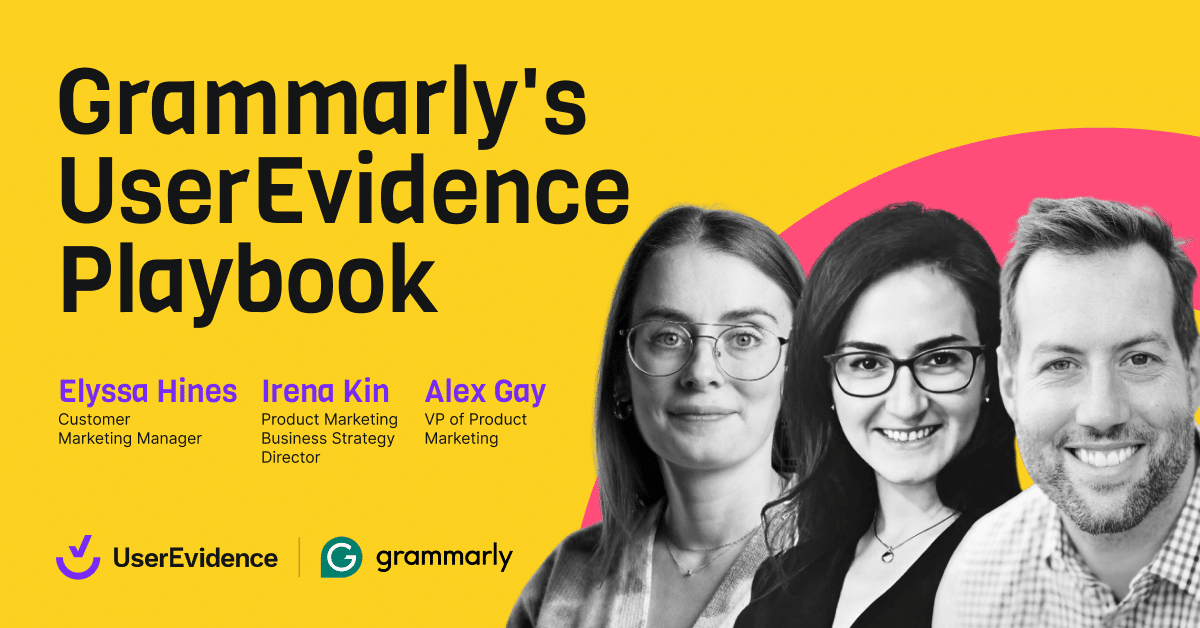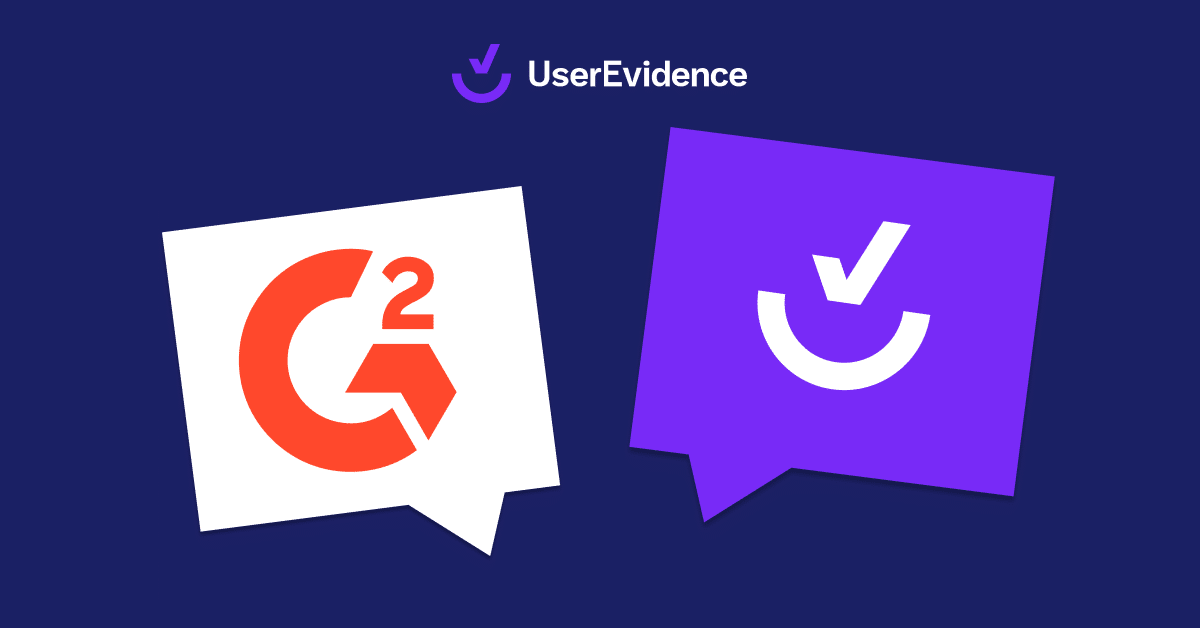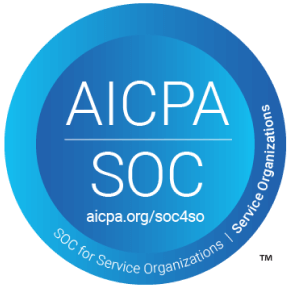The TL;DR
Trust is the name of the game for customer marketers—and it’s earned, not given. Learn how to build a killer customer advocacy program that turns users into champions, closes The Evidence Gap, and powers your GTM teams with real customer proof.
Key Topics:
- Who Mac believes should be included in an advocacy program
- How to make participation easy and a low-lift
- Tips on settling clear expectations from the start
- Strategies for providing rewards that drive engagement
- Ways to keep your content fresh and relevant
- How to use advocates across your company
I recently subscribed to a newsletter called the Selleb Sisters, and I can’t stop thinking about it.
In a world drowning in paid influencer content, they’re cutting through the noise with one simple idea: asking influencers and celebs to share ACTUAL receipts (like, pictures and all) for things they actually bought with their own money—and genuinely love.
It’s genius, right? It’s tapping into something we’re all craving right now: trust.
Because here’s the thing. Trust is the currency in tougher markets (but I know you already know that). What really hit me is how much this resonates in B2B too. Whether it’s the Selleb Sisters showing off real receipts or the FTC laying down the law on fake reviews, one thing is clear: authenticity isn’t optional anymore.
And let’s be real—trust doesn’t just fall out of the sky. You can have the wittiest copy and the flashiest features, but if people don’t believe you? Game over.
So, how do you build trust with your customers?
One of the most effective ways is building an advocacy program that actually works—one that turns your happiest customers into champions. Not because you begged them, but because they want to.
Look at the greats:
- Slack built a community of advocates who wouldn’t stop singing their praises, helping them go from underdog to market leader in no time.
- Salesforce created their Trailblazer community, where users became brand evangelists, driving retention and upsell opportunities.
- HubSpot leveraged their advocacy program to create an endless flow of case studies and a faster sales cycle.
These programs didn’t just build trust—they made it contagious.
So, yeah. Trust might be the currency of tough markets, but advocacy? That’s how you stack the bank.
So we sat down with one of THE advocacy program GOATS Mac Reddin–who started The Creators Guild at a company before joining Commsor as CEO in 2019–to learn more about his experience building these modern-day guilds and how to drive engagement to ensure your go-to-market (GTM) teams have the customer evidence they desperately need.
Seriously. According to our original research, The Evidence Gap, two-thirds of buyers say verified ROI is the most important factor when evaluating new software.
Despite that, two-thirds of sellers say a deal of theirs has suffered because they couldn’t produce relevant, specific customer evidence in a timely manner.
(That’s The Evidence Gap, by the way. Buyers need customer evidence, and sellers aren’t able to give it to them fast enough to keep deals moving.)
Let’s jump in ⤵️
A diversity of perspectives: Mac’s secret to advocacy success
When you hear someone in SaaS talking about an advocacy program, it’s easy to assume they’re referring to something that consists of…well, their customers.
Mac won’t fight that assumption, but he will try to shift your mindset because he believes companies are making a mistake by limiting their advocacy programs to customers. As Mac told us, “The Creators Guild consisted of 50% customers and 50% community members in our network.”
And while that setup may go against conventional wisdom, his rationale makes all the sense in the world.
Did Mac want his program to consist of big, recognizable customer voices? Of course. But he also saw the value of having diverse voices and perspectives, which required him to tap into non-customers, too.
In other words, Mac’s mission was to identify and bring together advocates with shared experiences but different voices and perspectives.
This same principle of bringing together diverse voices and prospects influences Commsor’s budding advocacy program.
So, before limiting your guest list to people directly tied to your bottom line, ask yourself who else could bring valuable insights and perspectives.
Could that be someone who aligns with your mission? Yep.
What about someone who was a customer, but has since moved companies? Absolutely.
From there, Mac suggests using these voices to create an even more diverse library of evidence that your GTM teams can use to win over customers and prospects when trust is so low that the government is getting involved.
But, alas, this is only possible if you can get your customers and community members to join and participate.
Getting to yes: How to drive engagement and participation in your advocacy program
As Mac puts it, joining your customer advocacy program should be low-lift, straightforward, rewarding, and flexible enough to fit the schedules and preferences of your biggest fans.
Make it a low-lift
“Don’t force your advocates onto a long call with a prospect,” Mac shared. “While there are times when a truly complex product may require a deep-dive call, don’t make that the default expectation.”
Instead, Mac suggests a quick phone call, email, or text.
“Sometimes, it’s a matter of connecting a customer and prospect for a quick call: ‘Hey, does the product work for you? Does it solve X, Y, and Z use cases? Yes? Great. That’s all I need.’”
It’s snappy, almost always achieves the same outcome as a longer call, and respects your advocate’s and prospect’s time—a true win-win.
And at Commsor, Mac and his team don’t wait to make these connections. In fact, they proactively connect prospects and customers. Sometimes, as Mac explained, it’s as simple as saying on a sales call, “I sent the contract, but I’m also going to connect you with someone who can talk about their experience using Commsor.”
Still, Mac warns that just because your ask is low-lift doesn’t mean you can overuse your advocates. “We cycle through our advocates,” he explained. “This keeps everyone fresh and ensures we’re getting diverse voices and perspectives rather than hearing from the same people repeatedly.”
Be clear about your ask
“I think some people are hesitant to join an advocacy program because the expectations aren’t clear,” Mac noted. “Will they have to talk to a customer twice a week? Twice a month? Twice a quarter? Will it involve calls or emails? Will they have to speak at an event?”
Advocacy programs vary, so some uncertainty is expected, but that doesn’t mean you should leave things open-ended. Instead, go the extra mile to reassure your advocates that they’re not signing up for a marathon.
Not only will this dialogue allow you to set expectations, but you’ll also give members a chance to share what they’re comfortable with.
Are they willing to get on stage with you?
Do they prefer low-key activities, like sharing insights with a potential buyer over email?
We do this at UserEvidence (ahem, with the UserEvidence platform) by including a question in each of our surveys asking our customers which advocacy activities they’d be down to participate in. From webinars to 1:1 calls with prospects to their testimonial being used in a blog article–we let them opt in for whatever feels right, and our whole team has easy access to that info in the Customer Advocates tab of UserEvidence. It helps us keep our advocacy asks diverse, relevant, and spread out enough that we’re not bothering the same 2 people over and over again.
At the same time, Mac emphasized the importance of being clear about what your advocates get in return. And no, we’re not talking about sending a thank you note or a Yeti. (Although we’re all for a lifetime supply of socks or a giant stuffed dinosaur.)
Ditch the Yeti and thank you email
For better or worse, humans are creatures of habit, and most people will give more when they know something meaningful is coming their way.
So yes, a thank you email with a dog gif attached is a nice gesture, but you’ll likely want to go a step further to show your advocates you genuinely value their contributions.
(I’ll give you the dog gif anyway, because you deserve a little treat.)

Do that by offering them:
- Exclusive access to content and events
- Charitable donations in their name
- Loyalty points or discounts
Remember: Their words carry weight, especially when influencing your prospects’ purchase decisions. In fact, over 90% of respondents to a Forrester survey said they completely or somewhat trust their industry peers. On the flip side, salespeople from vendors are the least trusted group, followed by social media influencers and national media.
That said, your thank you doesn’t have to come with a dollar sign. The personal branding and visibility benefits from participating in these programs are often worth just as much.
Don’t etch everything in stone
Mac raised a great point about static testimonials and quotes on company websites—two mainstays of modern-day advocacy programs. “One thing that bothers me is that companies rarely reach out to update them.”
In his mind, that’s a major red flag and a big reason companies may struggle to get advocates to engage.
“Companies will take a quote, and two years later, it’s still there, even though that person might not be a customer anymore or work for a completely different company.”
Mac further explained his skepticism, noting, “You see a quote saying ‘I love this product,’ but immediately wonder if the person even wrote it or knows it’s there.”
So, rather than etching everything in stone, Mac suggests letting advocates know that you’ll work with them every step to ensure their words—wherever they live—accurately reflect their current sentiment and experience.
Your guild is growing. Now what?
Thanks to Mac’s advice, you got people to join—and participation is strong—but that effort is wasted if your teams aren’t using these advocates or the evidence these programs provide.
As Mac pointed out, many teams miss this opportunity because they simply don’t realize these are tools in their quiver to close more deals, drive conversions, and more.
That’s why Mac emphasizes internal enablement at Commsor, ensuring that everyone knows which advocates are available and how they can use them to build trust. That includes highlighting success stories in team meetings, putting everything together in an easily accessible library, and starting an internal newsletter with updates.
Then, Mac and his team look for every opportunity possible to use that evidence and advocate support to good use. At Commsor, he explained, “We leverage advocates at every possible touch point. Nearly every cold email, for example, includes a quote or reference,” he explained.
Follow Mac’s lead, and you’ll forge an advocacy program that’ll have everyone around you jousting for a spot.
PS–here’s a peek into how you can gain visibility into your customer advocates with UserEvidence–see it in action on the Demo Ranch.




